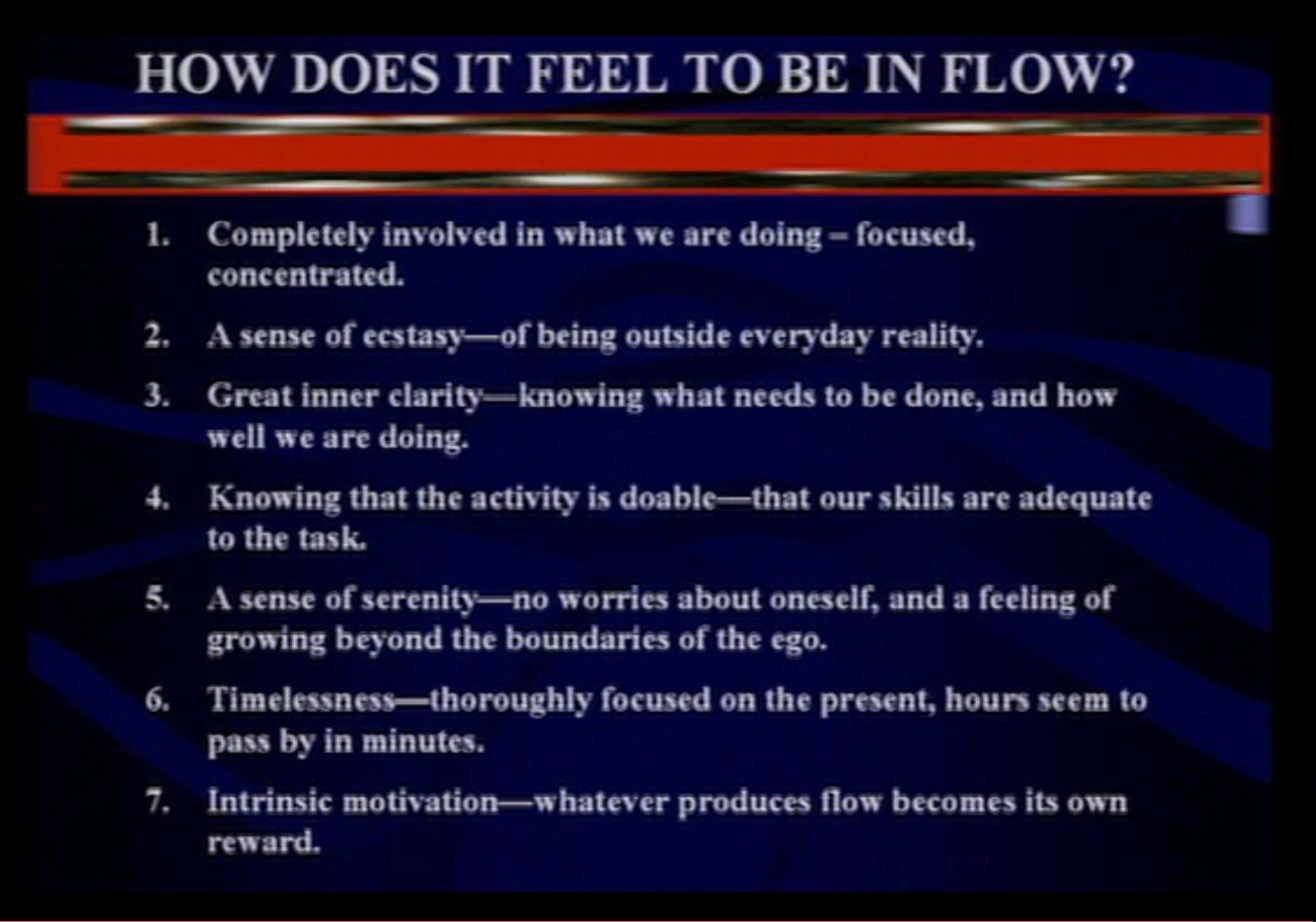Week 6: Mapping 1/2
Metaphor, Goal, Mapping, Fallibility
Review key concepts from reading
- What is “mapping” in the UXD context? What is the key concept behind it? Please give a good and bad example of mapping from your experience.
- What are metaphors and why are they important in UXD? Cite an IT metaphor from your own experience; explain how it works.
- What is fallibility? Why is it an important topic in UXD? Cite an example of each from your own interactions with IT. Be specific about they type of error that occurred and explain its cause using the rationale explained in the book.
Introduce Project 2: Mapping Study
Mapping Overview
Mapping in the design context involves anticipating the mental models, the tacit understandings, that people bring to their interactions with things – physical and virtual.
There is good mapping when the design supports people’s expectations, e.g. if the knobs controlling heat to the burners on a stove:
Bad mapping exists where there is no correct mental model “embedded” in the design, as in the case below. The user doesn’t know the relationship of the knobs to the burners based on this design:
In the context of this project what you are trying to determine is the extent to which the mapping of the interface designs do or do not support the actions of potential users.
To study this you can ask someone to approach the equipment and walk through all the actions needed to get it operational. The easiest way to track this is to videotape the process. Prompt the “subject” to vocalize each step they engage in and the extent to which it does, or does not help them. Afterwards you can do a diagram like the ones in Krug’s “Breadcrumbs” chapter on the stage of use (though yours may well be simpler):
Remember: there are two types of users: naïve and experienced; their points of view are different. Ideally you would study each but in this case you can choose one or the other.
Within the interface design itself there will be a variety of signifiers/affordances (e.g. buttons, perhaps a display) and perhaps some constraints (e.g. the “safety cord” on treadmills). Articulate the relationships of these to the overall mental model.
Ultimately you’re trying to “tell the story of use” of each of the two machines, from an interface point of view, and draw conclusions based on what you’ve learned of mapping, signifiers/affordances, and constraints as to how well each one does, or does not, support the activities of the user.
http://designerliness.blogspot.com/2014/02/affordances-constraints-and-natural.html
Applying Mapping to the HCI/d Context: "Navigation," or "Wayfinding":
Metaphor: Street Signs and Breadcrumbs
Meet with your new team members
In-class exercise:
- Introduce yourself to your new teammates, exchange contact information
- Show them your Mini-Project 2
- As a team diagram each stage of the process of starting up a digital device, engaging in a action, and putting it back in sleep mode.
- Outline your team's plan to begin early on your Mapping study -- what are you going to do before Thursday's class and when and where are you going to do it?
- Turn in a single write up with each of the in-class exercise answers included in it.
- Indicate whether you're willing to present your work for extra credit in Thursday's class
Homework for Thursday, 19 February:
- Meet with team and identify possible pieces of exercise equipment to use for your Mapping study
- Decide upon one piece of equipment to focus on
- Do a preliminary study of the mapping on the equipment using the Quick Start mode
























